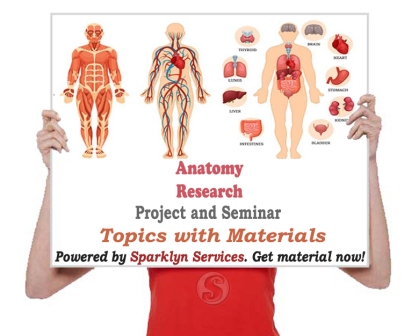1.1 Introduction
A morgue or mortuary (in a hospital or elsewhere) is used for the storage of human corpses awaiting identification or removal for autopsy or disposal by burial, cremation or other method. In modern times corpses have customarily been refrigerated to delay decomposition. As a prelude to other parts of this study, this chapter will discuss the background upon which this study was initiated, the statement of problems that led to this study, the Aim and Objectives of the study. Others are Significance of the study, Scope of work, Limitations of the Study and Definition of technical terms.
1.2 Background of Study
Mortuary early 14c., from Anglo-French mortuarie “gift to a parish priest from a deceased parishioner,” from Medieval Latin mortuarium, noun use of neuter of Late Latin adjective mortuarius “pertaining to the dead,” from Latin mortuus, pp. of mori “to die” (see mortal (adj.)). Meaning “place where bodies are kept temporarily” first recorded 1865, a euphemism for earlier English term “deadhouse”.
Morgue from the French morgue, which means ‘to look at solemnly, to defy’. First used to describe the inner wicket of a prison, where new prisoners were kept so that jailers and turnkeys could recognize them in the future, it took on its modern meaning in fifteenth-century Paris, being used to describe part of the Chtelet used for the storage and identification of unknown corpses.
Morgue is predominantly used in North American English, while mortuary is more common in British English, although both terms are used interchangeably. The euphemisms “Rose Cottage” and “Rainbow’s End” are sometimes used in British hospitals to enable discussion in front of patients, the latter mainly for children. A person responsible for handling and washing bodies is now known as a diener, morgue attendant, or autopsy technician.
Therefore, in Nigeria where the research was carried out, the activities that was conducted is to assess the Mortuary Management System.
1.3 Statement of the Problem
The following problems were identified in the existing mortuary management system research work:
- Inability to keep the proper record of number human body in mortuary
- Error in computation of available space in the mortuary
- Inability to accurately calculate bill for mortuary service
- Errors in computation of mortuary bills.
- Difficulties in obtaining mortuary bills report.
1.4 Aim and Objectives of Study
The aim of the study is to assess the Mortuary Management System. In achieving this aim, the following specific objectives were laid out as follows:
- To keep the dead till the relatives, claim and take over the body for disposal.
- To keep unclaimed bodies until disposal (burial or cremation) is arranged by the hospital authorities.
- To allow viewing and identification by relatives, police and other people.
- To receive dead bodies requiring pathological post-mortems pending final disposal.
- To receive dead bodies brought to the Mortuary for medico-legal post-mortem work and store in the mortuary pending further disposal.
1.5 Research Questions
The study came up with research questions so as to be able to ascertain the above stated objectives. The specific research questions for the study are stated below as follows:
- Does the system keeps effective data on human bodies?
- How does the system analyze data on human bodies?
- Does the mortuary management system keep accurate records?
- Is the system usable by the mortuary attendant?
1.6 Research Hypothesis
In order to pursue the objective of this study, the following generalized statements have been designed to guide and aids in obtaining the result for the experiment to be conducted. For this work, the null hypothesis will be represented with H0 while the alternative hypothesis will be represented with hypothesis H1.
Hypothesis One
- H0: There is no significant relationship between mortuary management system and mortuary book record keeping.
- H1: There is a significant relationship between mortuary management system and mortuary book record keeping.
1.7 Significance of Study
The study is significant in the following ways:
- It will provide the mortuary division of St. Gerards Catholic Hospital kaduna with an effective system to accurately compute and record mortuary bills.
- It will aid easy management of mortuary billing information.
This study will be of immense benefit to academic students and other researchers who intend to know more on this study and can also be used by non-researchers to build more on their research work. This study contributes to knowledge and could serve as a guide for other study.
1.8 Scope of the Study
The scope of the research is focused on design and implementation of Mortuary management system for St. Gerards Catholic Hospital Kaduna.
1.9 Limitations of the Study
During the course of this study, many things militated against its completion, some of which are:
- Time Constraint: The time frame given to accomplish this project was very short due to school academic calendar and it was carried out under pressure which made the researcher not to implement some necessary features.
- Establishment Policies: Establishment policies posed a serious limitation as most staffs are not ready to release information needed for this project work. There were lots of information needed from the staffs of this institution to enhance the study which took them time to release or they did not release at all for security purposes, hence the scope was reduced.
- Research material: availability of research material is a major setback to the scope of the study.
- Frequent power failure: This made the researcher append more money on fuel to ensure sustainable power.




